The US Forest Service salvage logging plan ended up damaging the health of the Greater Yosemite Ecosystem far more than 2013’s massive Rim Fire. Chad Hanson from the John Muir Project of the Earth Island Institute explains how wildfires can promote ecological health and survival of many plant and wildlife communities, despite the intense heat and scale of the blazes.
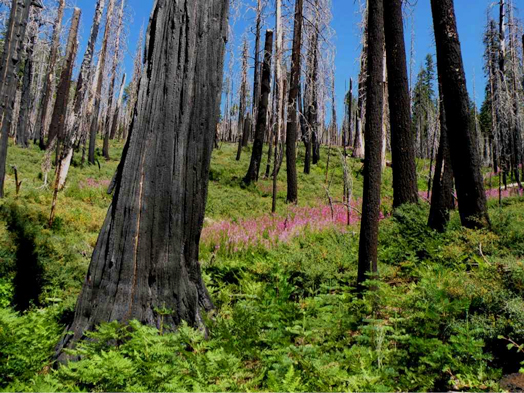

A Monumental Need to Protect Post-Fire Habitat in the Rim Fire Area
By Chad Hanson, Ph.D.
Did you know that massive clearcut-logging operations are occurring on your National Forests, and that the U.S. Forest Service sells trees from public lands to private logging corporations and keeps the revenue to pad its own budget? Many Americans do not realize that such regressive and destructive commercial logging occurs on federal public lands, thinking that such things only happen in far-flung forests of places like Indonesia, or Siberia. Think again.
As I write this the U.S. Forest Service is proposing one of the largest commercial logging projects in history within the Rim fire, which occurred last year on the Stanislaus National Forest and a portion of Yosemite National Park. Nearly 46,000 acres—much of it adjacent to Yosemite National Park—would be logged, the majority through clearcutting, whereby nearly all of the trees are removed, leaving devastated and scarred stumpfields. In the high-intensity fire patches that are mostly targeted by the logging proposal, the Forest Service intends to remove over 95% of the trees—a form of clearcutting by most definitions—leaving only 4 fire-killed trees (“snags”) per acre, on average (on many acres, 100% of the trees would be removed). The agency has stated that its number one purpose in pursuing this commercial logging project is the “recovery” of revenue to enhance its budget by selling the trees to private logging firms.
TAKE ACTION: Sign the Petition to Stop Massive Clearcutting Near Yosemite and Create Rim Fire National Monument
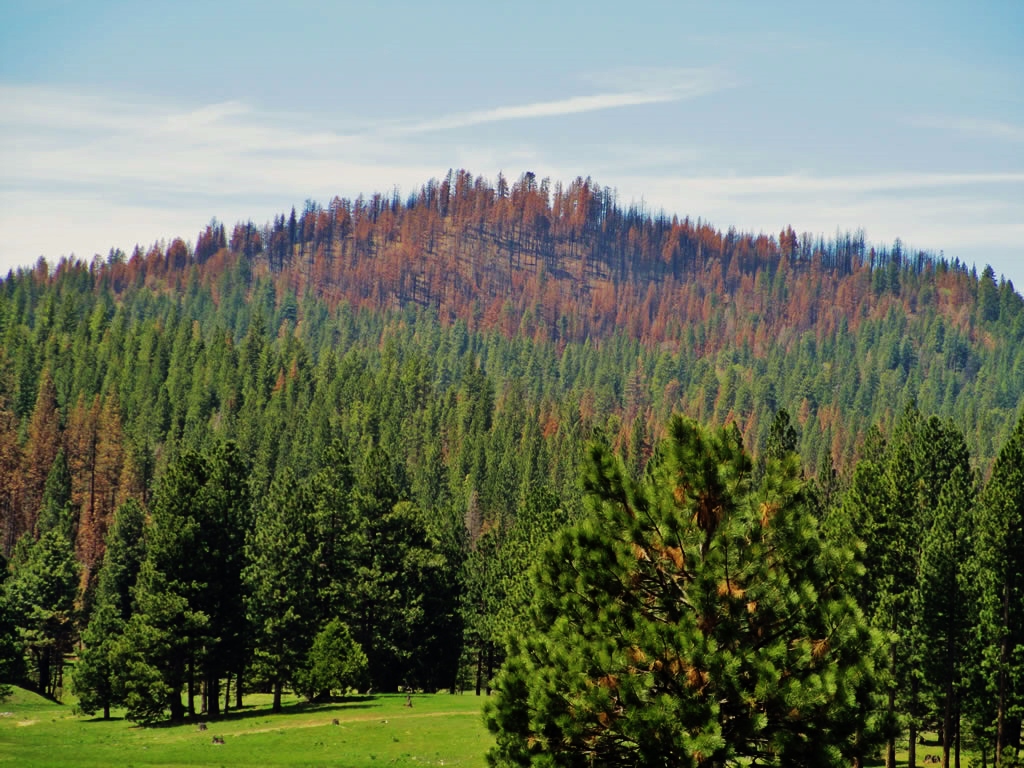

High-Intensity Fire Creates Biodiverse Habitat
The Rim fire of 2013 covered 257,151 acres, about 40% of which was in conifer forest (the rest was in low-elevation grassland and chaparral, and oak woodlands), and only about one-third of the conifer forest in the fire area experiencing high-intensity fire, wherein most or all of the trees were killed. It might surprise many people to learn that these patches of high-intensity fire create some of the rarest, most biodiverse and ecologically important, and most threatened of all forest habitat types in forests of the western U.S. This post-fire habitat, known as “complex early seral forest”, is home to many rare and imperiled wildlife species, like the Black-backed Woodpecker, and provides the most suitable foraging habitat for species like the California Spotted Owl (which nest and roost in low/moderate-intensity fire areas adjacent to the high-intensity patches).
“This post-fire habitat, known as “complex early seral forest,” is quite simply some of the best wildlife habitat in forests and is an essential stage of natural forest processes. Moreover, it is the least protected of all forest habitat types and is often as rare, or rarer, than old-growth forest, due to damaging forest practices encouraged by post-fire logging policies.” — Letter to Congress from 250 Scientists Concerned about Post-Fire Logging
When the Rim fire occurred last year, spokespersons from the U.S. Forest Service and the timber industry were eager to characterize the forests as having been “destroyed” in order to justify a massive commercial logging project. As their message goes, if the fire destroyed the forest, then logging the area won’t do any additional damage. But nothing could be further from the truth.
STORY: Yosemite: An Ecosystem Nourished By Wildfire
Disturbance, a documentary from Conservation Media and Paintbrush Films.
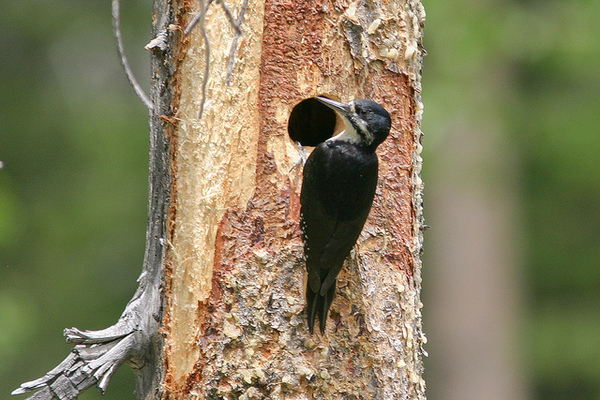

Forest Regeneration Happening Now
Already—just one year after the fire—natural conifer regeneration is occurring even in the largest high-intensity fire patches, ranging from dozens to thousands per acre. Oaks and native shrubs are sprouting, and flowers are nearly everywhere. Woodpeckers and many other bird species have already colonized the Rim fire area. Black-backed Woodpeckers excavate nest cavities in fire-killed trees, and feed upon the larvae of native wood-boring beetles under the bark of the standing snags. Every year the Black-backeds create a new nest cavity, allowing the previous nest holes to be used by many other bird species, like bluebirds, that cannot create their own homes. Fly catching birds and bats feed upon the abundance of native flying insects attracted to the snags and the many flowering plants in the fire area. This is a rich, vibrant environment that supports a breathtaking abundance and variety of wildlife.
Contrary to the initial predictions of the Forest Service, Spotted Owl occupancy in the Rim fire area is very high. Heedless of this fact, the Forest Service is planning on logging within dozens of home ranges of these owls, which tends to extirpate them, according to current science. Moreover, the Forest Service has refused to avoid logging in nesting season (much of the proposed logging would occur in 2015, and potentially in 2016, during nesting season). As a consequence, nest trees occupied by chicks of Black-backed Woodpeckers and other bird species—chicks that cannot yet fly—can be cut down, killing the chicks. Most of the proposed logging would be done with tractors and other ground-based heavy machinery, which can roll over shrub-nesting bird species in nesting season, and also directly kills the natural conifer regeneration that already exists in the fire area.
httpvh://youtu.be/Q1UnMDGqG_4
Black-backed Woodpeckers and Fire, From the US Forest Service and the Institute of Bird Populations
The Forest Service believes that it can get away with the Rim fire logging project because the public, the media, and policy-makers still largely misunderstand the nature of fire in our forests. It is worth recalling that, until the late 1980s, old-growth forests were pejoratively described as “decadent” and “over-mature”, and U.S. Forest Service policy was to clearcut these forests to replace them with artificial tree plantations, which were seen as more productive and beneficial. Old-growth forests, prior to that time, were generally viewed as having relatively little value, other than for lumber. By the early 1990s, however, the ecological science had caught up with the Forest Service and it became widely known that old-growth forests are highly biodiverse, with many rare and threatened wildlife species associated with and dependent upon such forests. In the 1990s, the Spotted Owl became a household name, and a new understanding of old-growth forests emerged—one that viewed this habitat as ecologically valuable, and precious. The same transition is occurring right now with regard to “complex early seral” forest created by patches of high-intensity fire.
STORY: Salvage Logging Near Yosemite?
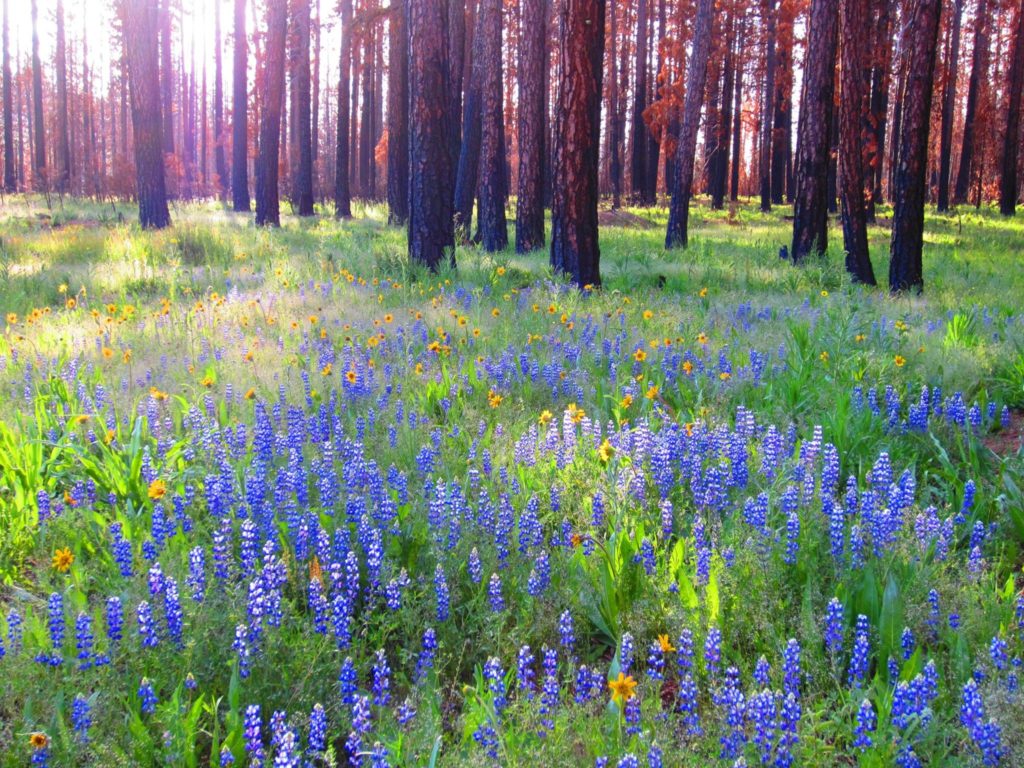

Ecological Science Supports Protection of Post-Fire Habitat
While the Forest Service continues to portray such areas as destroyed by, or lost to, fire, in order to justify post-fire logging, there now exists an abundance of ecological science, including the agency’s own, directly contradicting the Forest Service on this point. Just as the science caught up with the Forest Service on old-growth forests, it has now caught up with the agency with regard to post-fire habitat, and we now know that these forests affected by fire—especially the patches that burn hottest and create the most snags—are ecological treasures.
As an October 30, 2013, letter to Congress from about 250 scientists from across the nation explains: “This post-fire habitat, known as ‘complex early seral forest,’ is quite simply some of the best wildlife habitat in forests and is an essential stage of natural forest processes. Moreover, it is the least protected of all forest habitat types and is often as rare, or rarer, than old-growth forest, due to damaging forest practices encouraged by post-fire logging policies.”
Unfortunately, the U.S. Forest Service has, so far, brushed the science aside to pursue its self-serving commercial logging project. It’s time for the public to speak out against the devastating clearcutting and other destructive commercial logging occurring, or being proposed, right now in the Rim fire and many other fire areas on National Forest lands.
Here’s what you can do to help: Please sign the Petition to protect the Rim fire area by designating the Rim Fire National Monument: http://ecowatch.com/2014/06/20/clearcutting-yosemite-rim-fire/. When you sign the Petition, an email message will automatically be sent to President Obama, the Forest Service, and other key decision-makers, urging them to protect this post-fire habitat.
Chad Hanson is the director of the John Muir Project of Earth Island Institute. He has a Ph.D. in Ecology from the University of California at Davis, and focuses his research on fire ecology in conifer forests of California and the western US. For more information, watch a video of Dr. Hanson’s recent presentation on the restorative virtues of the Rim Fire, and the ecological value of snag forest habitat (vimeo.com/95535429), visit www.johnmuirproject.org, or email: cthanson1[at]gmail[dot]com.
Updated 17 September 2018
Related articles

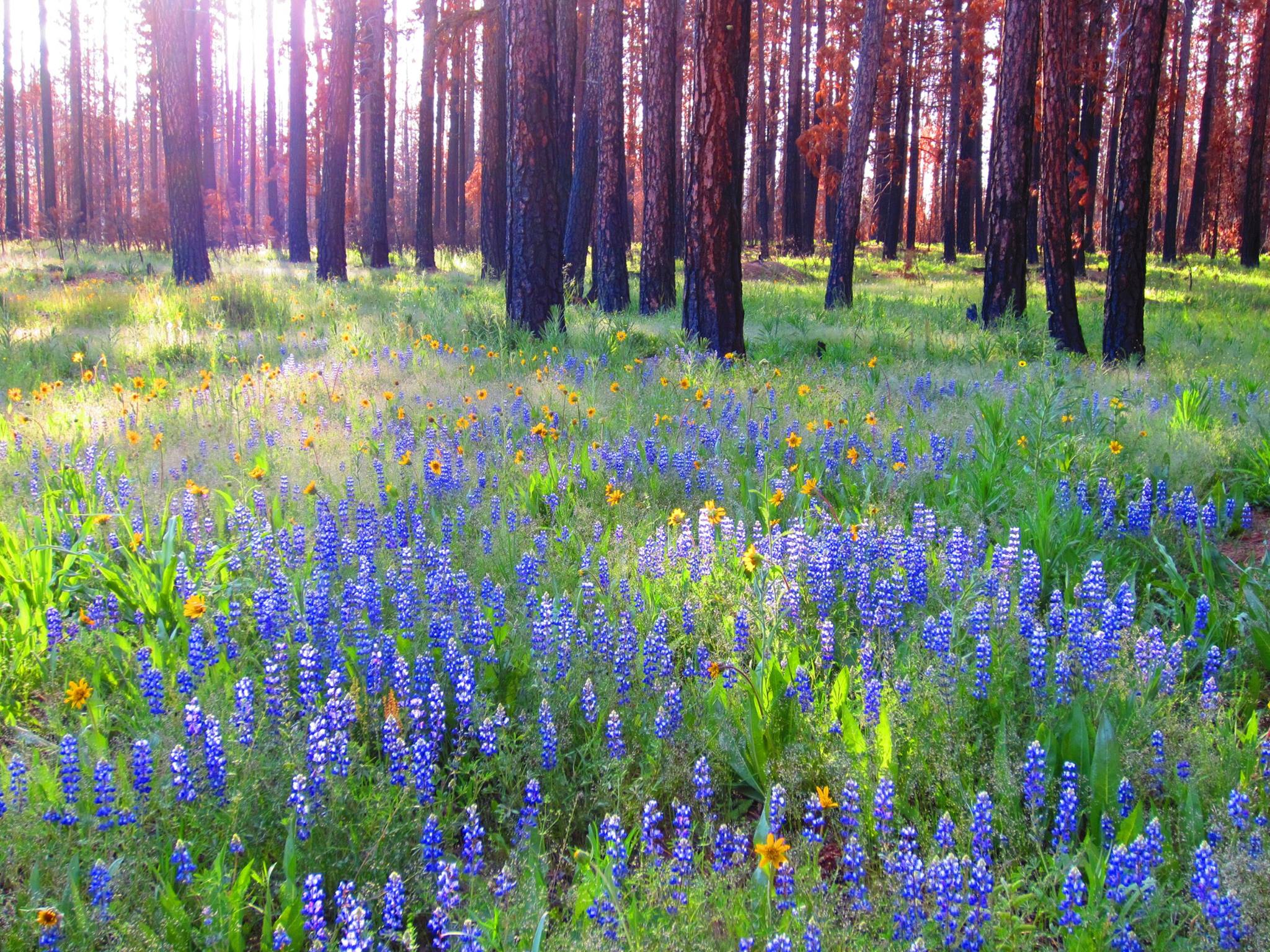













Pingback: Wildfire Risk: Retrofit Communities, Not Forests | WilderUtopia.com